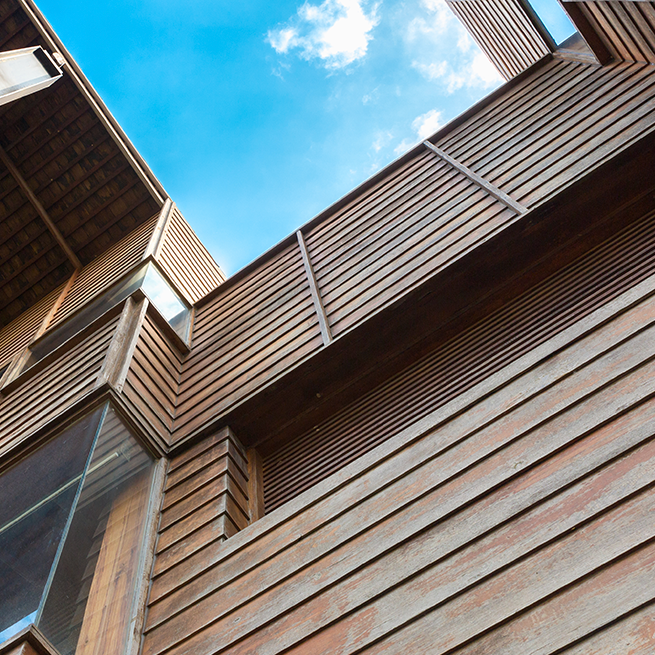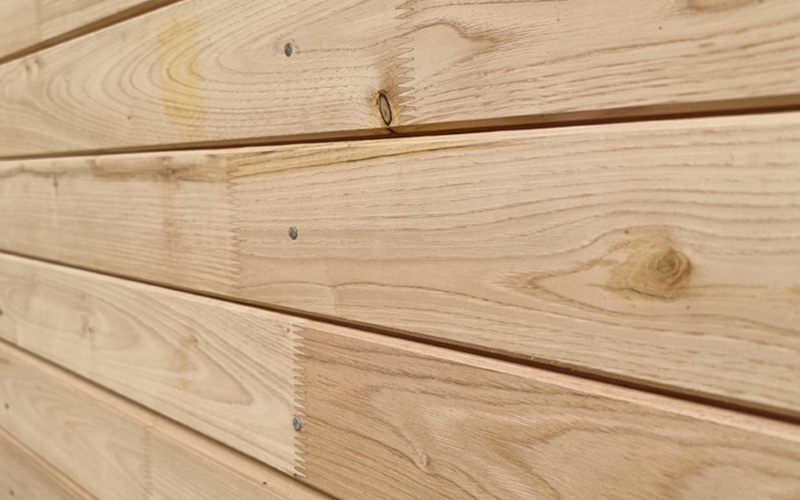The Beauty and Versatility of Wood
Our extensive range of carbon neutral timber cladding solutions brings together all the beauty and versatility that make wood such a popular choice among architects and designers. Ecova Clad offers products that work perfectly with a wide variety of projects, whatever your design aspirations and the building’s requirements.
Below are some design considerations and differences within the ranges to help you make an informed decision.
Hardwood or Softwood?
The first consideration is the type and species of wood to be used.
Timber cladding solutions fall under two main categories, softwood, and hardwood. Both have long lifespans and can be used on internal or external cladding projects and are sourced from locations around the world. Both hardwood and softwood come in a range of finishes, with hardwood cladding offering darker colour and oak being a popular choice.
Softwoods are normally a lighter colour and are considered easier to work with due to their lower density. Both hardwoods and softwoods naturally weather to a silver/grey if the surface is not properly treated over time, a finish that is extremely desirable on some projects and blends the building into its wider environment The best quality softwood products for cladding grow in a cold climate which makes the timber from Canada and Siberia superior to home grown.
For an environmentally conscious choice, timber that is being transported from further away results in additional carbon emissions from transportation, meaning the embodied energy in the timber is greater. However, Ecova Clad is the only timber cladding solution that goes beyond the carbon neutral benefits of wood by offsetting all related carbon emissions. The greater the carbon resulting from transport and production, the more we offset.
So, when specifying Ecova Clad, you can focus on aesthetic and design considerations, knowing your building’s environmental credentials are in good shape.
Ecova Clad Range Comparisons


Treated Softwood from Scandinavia is a very popular species for timber cladding and is used for internal and external cladding projects.

Cedar, with it’s lightweight qualities, design and durability make it a popular choice for large scale projects.

Yellow Cedar is a very popular choice for external timber cladding projects and offers a distinct and beautiful colour.

Thermowood has a high resistance to moisture and decay which makes it a good option for exterior cladding.

The grain of European Oak is golden-brown in colour, which makes it a popular option for those looking for a more traditional style.

Iroko is an extremely durable timber and used for external applications because of resistance to decay.

Sapele cladding does not need much attention or treatment, it can be left and will weather on its own.

Malaysian Dark Red Meranti Timber varies in colour from pale pink / white to dark red / purple.

Larch is denser than many hardwoods and it provides plenty of strength and durability meaning it is one of the best solutions for external cladding.



